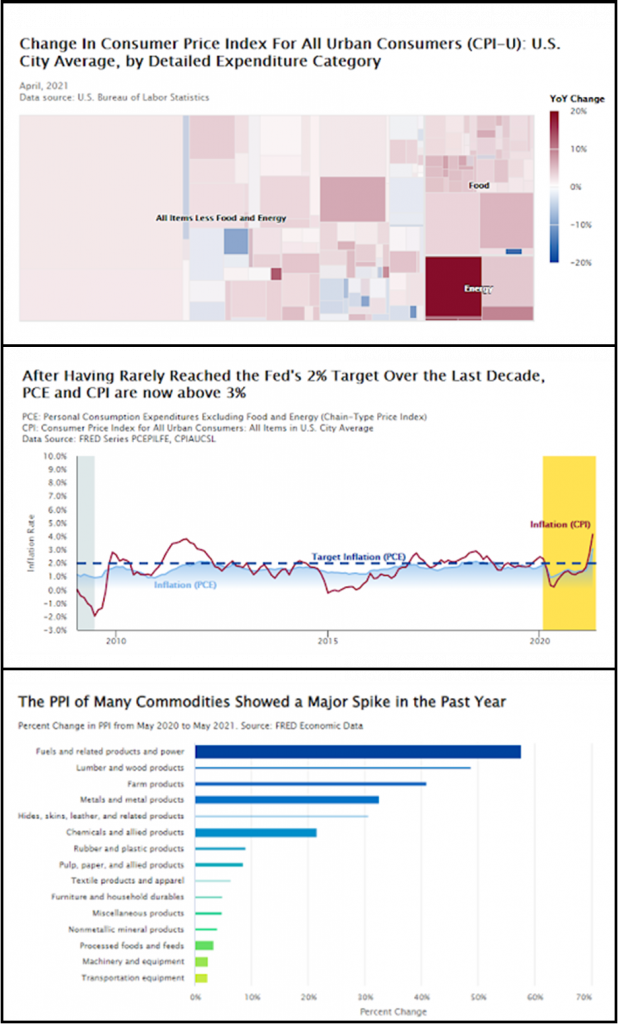Challenge
While Federal agencies are data-rich environments, effectively sharing data across offices and divisions can be a challenge. This is particularly true in organizations where knowledge and data are divided by high degrees of disciplinary and sub-disciplinary specialization.
The Securities and Exchange Commission gathers and analyzes data from numerous areas of the US economy, to protect investors, maintain fair, orderly, and efficient markets, and facilitate capital formation. Sharing data and analysis from highly-specialized fields throughout the organization was a challenge in part because specialization tends to create silos in the development of deep knowledge in a specific field or subfield.
Many of the data products developed by experts were produced in static reports geared toward the specialized audiences within that field. There was no clear path for: helping experts communicate the relevance and importance of a given data set for wider audiences; collaborate with data analysts in the Office of the Chief Data Officer (OCDO) to plan and create high-quality, interactive data products; or publish these insights through established, organization-wide channels. Without an established process for this work, clear standards and branding guidelines for visualizations, and channels for communication, data remained siloed and breakthrough insights remained elusive.
The OCDO was relatively new to the SEC. The Office recognized the need to quickly mature a new data insights and visualizations initiative as part of a cohesive, enterprise-wide data strategy. The Commission sought support to build a data product delivery infrastructure, educate the organization on data assets that were previously siloed, and create engagement for new products.
Solution
With TCG’s support, the SEC OCDO assists offices across the Commission in providing four kinds of data products:
- High quality, interactive data visualizations
- Data Insights — short, timely articles published on SEC’s intranet
- Dashboards
- A data chart wizard
OCDO’s goal was to facilitate knowledge sharing throughout the organization, and in turn, inform policy and foster a learning culture. These goals were also key elements of the Federal Data Strategy.
To produce these products regularly and integrate them into the overall data strategy required establishing a delivery infrastructure, including:
- Creating data visualization standards to be used throughout the agency;
- Employing iterative development through Agile best practices; and
- Creating a framework for collaboration from discovery to publication.
Data Standards
Previously, most data visualizations created by offices in the SEC were intended for print publications. Establishing new standards helped transition to web-based, interactive visualizations, and determining the style and feel of visualizations set a high bar for quality and consistency across the organization. Standards are also important because consistency, clarity, and accuracy in visualizations communicates that the same qualities were part of collecting, organizing, and interpreting the raw data. In addition, the publication of the first high-quality, interactive data products in the initiative shifted expectations among SMEs for how their data and insights could be communicated, increasing engagement throughout the organization.
Standards were drawn from industry sources such as the Washington Post, New York Times, and The Wall Street Journal. These standards include:
- Basic graph structure
- Best use for types of charts
- Colors for background and for data
- Typography
- Best use of maps
- Accessibility guidelines
- Graph titles
Because the standards guide the development of all data products, the data visualization team did outreach to educate stakeholders.
 Iterative Development
Iterative Development
Consistently publishing data insights and visualizations is an integral element of sustaining a learning culture that can inform policy and mission delivery. To do this, TCG supported the OCDO in implementing an Agile framework with one-week sprints. Data visualization features and layouts were developed and reviewed iteratively with additional prototypes piloted as necessary.
Collaboration
The Agile framework is collaborative by nature, and from the discovery process to publication, the data visualization team worked with subject matter experts to:
- Understand the purpose, potential, and possibilities for data
- Do a deeper analysis and assessment of data quality
- Prototype visualizations
- Refine narrative, data views, and features sets
- Finalize each product
Developers (Web and Power BI), SMEs, and data scientists worked together throughout these steps of the process, ensuring that work met the data standards and provided insights for the organization.
Results
Consistent Production and Increased Engagement
Data visualizations and insights were shared to the SEC’s intranet and promoted via newsletter. The newsletter saw a 600% increase in readership after implementing the new standards and improving data quality. Production of the newsletter increased as well from less than monthly to a weekly basis.
Before adopting standards and an Agile framework, data insights and visualizations were produced sporadically throughout the year. The team has been able to deliver new products on a weekly basis, aided in part by increased engagement throughout the organization. Once the OCDO adopted the Agile framework and data standards, the team produced over 50 products.
Fostering a Learning, Collaborative Culture
Initially, the data visualization team would reach out to SMEs across the organization and initiate the creation of data products. Now, SMEs in offices and departments understand the service and value provided by the OCDO and data visualization team, and they bring ideas for visualizations and insights to them. This reversal signals a greater understanding of the work being done with data across the organization and an eagerness to share insights and data generated within specialized offices of the SEC.
In short, the team established a virtuous cycle: high-quality data products delivered consistently increased engagement which made consistent delivery easier, as experts from across the organization began bringing ideas to the visualization team.